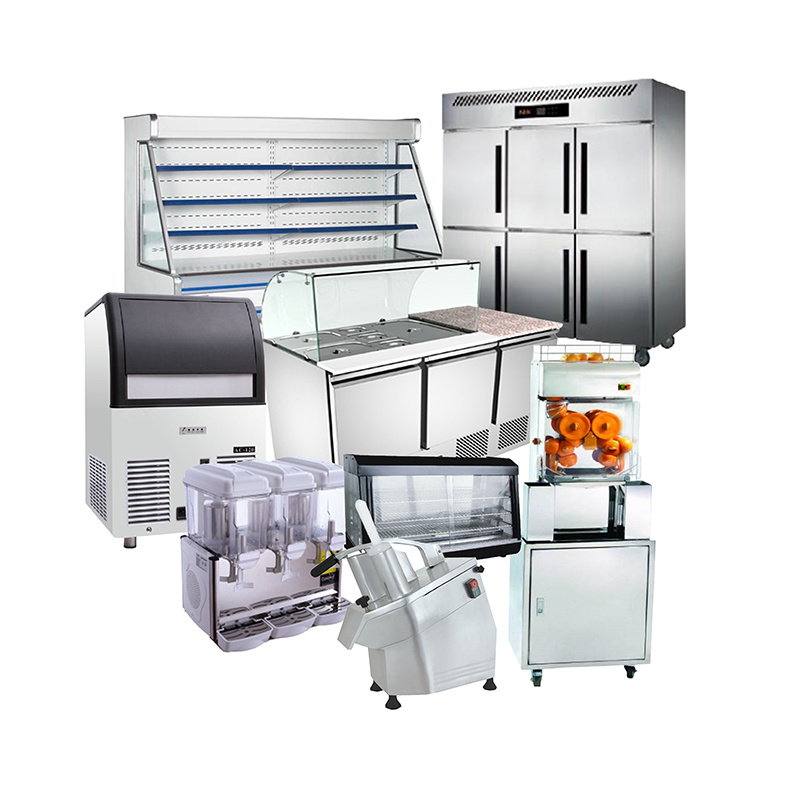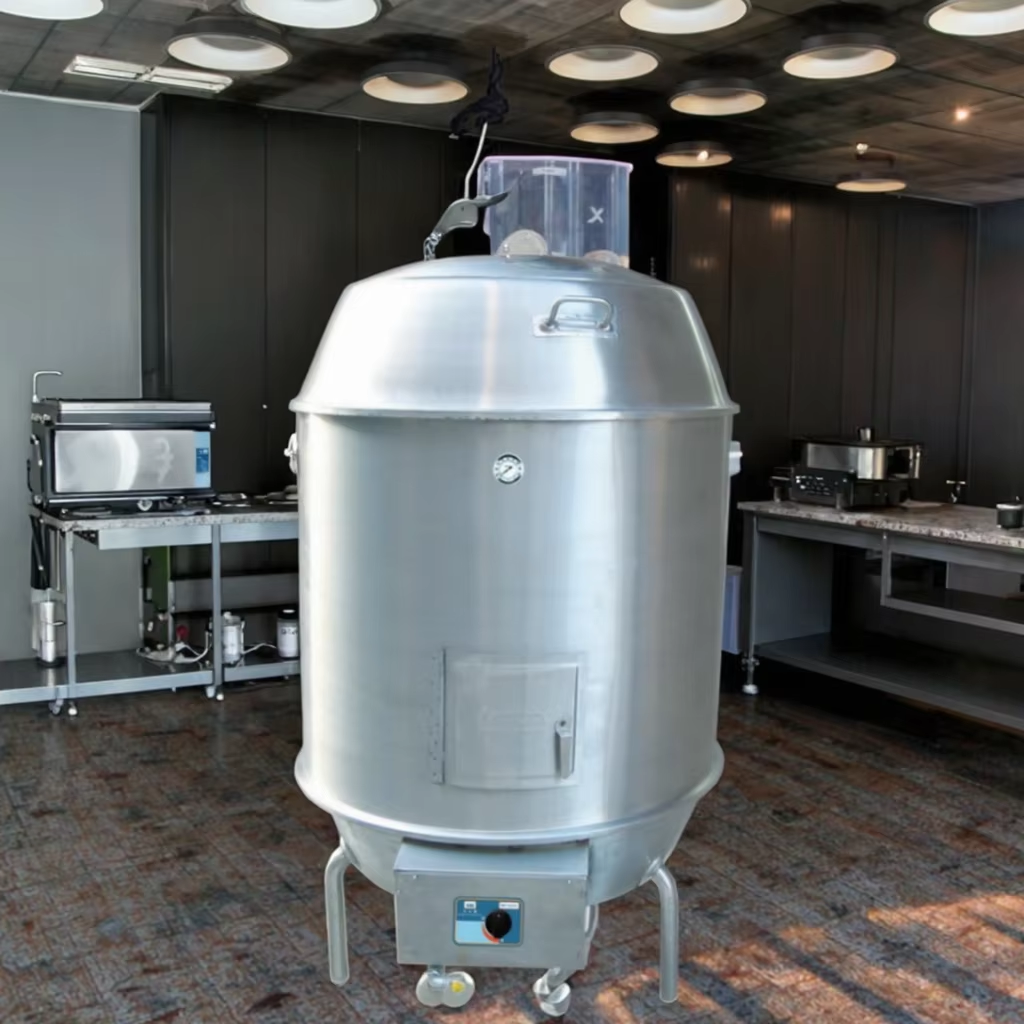Understanding the Coffee Supply Chain and Roaster Factories: A Comprehensive Guide
Understanding the Coffee Supply Chain and Roaster Factories
The journey of coffee from the farm to your cup is a fascinating process that involves multiple stages and numerous stakeholders. The coffee supply chain is intricate and complex, involving everything from cultivation to consumption. In this article, we will explore each step of the coffee supply chain in detail, the role of roaster factories, and how they contribute to the final product.
Table of Contents
- 1. The Origins of Coffee: Cultivation and Harvesting
- 2. Processing Coffee Beans: From Cherry to Green Bean
- 3. The Role of Exporters in the Coffee Supply Chain
- 4. The Significance of Roaster Factories
- 5. Roasting Methods: Different Approaches to Flavor
- 6. Quality Control in Roasteries
- 7. The Impact of Sustainability on Coffee Production
- 8. Innovations in the Coffee Supply Chain
- Frequently Asked Questions
1. The Origins of Coffee: Cultivation and Harvesting
Understanding the coffee supply chain begins with the very heart of coffee: the coffee plant itself. Coffee is primarily grown in tropical and subtropical regions around the world, predominantly between the Tropics of Cancer and Capricorn. Countries like Brazil, Colombia, Ethiopia, and Vietnam are renowned for their coffee farms.
The cultivation process involves several key steps:
Selecting Coffee Varieties
There are two main species of coffee that are commercially cultivated: Arabica and Robusta. Arabica coffee is known for its smooth, delicate flavor, while Robusta is often characterized by its strong, earthy taste. Choosing the right variety is crucial as it affects the flavor profile and market value.
Planting and Growing Conditions
Coffee plants require specific growing conditions, including altitude, temperature, and rainfall. Farmers must carefully select the right location to ensure optimal growth. The plants typically take three to four years to bear fruit.
The Harvesting Process
Harvesting coffee cherries is labor-intensive. Depending on the region, cherries can be harvested by hand or through mechanical means. Hand-picking is often preferred for quality control because it allows pickers to select only ripe cherries.
2. Processing Coffee Beans: From Cherry to Green Bean
Once harvested, coffee cherries undergo processing to extract the beans. This step is critical as it affects the coffee's flavor and quality.
Dry Processing
In dry processing, cherries are spread out in the sun to dry. Once dried, the outer layers are removed, revealing the green beans. This method is often used in regions with low humidity.
Wet Processing
Wet processing involves removing the cherry's outer skin and fermenting the beans in water. This method can enhance the coffee's flavor profile and is typically used for high-quality coffees.
Hulling and Grading
After processing, beans undergo hulling to remove any remaining parchment layer. The beans are then graded based on size and quality, preparing them for export.
3. The Role of Exporters in the Coffee Supply Chain
Exporters serve as a crucial link between coffee farmers and international markets. They purchase processed beans from local farmers and handle logistics to transport the beans to roasteries worldwide.
Market Access and Pricing
Exporters help farmers access global markets, ensuring that they receive a fair price for their coffee. This pricing can fluctuate based on market demand, quality, and other economic factors.
Quality Assurance
Exporters often conduct quality checks to ensure that only the best beans are shipped. This step is essential for maintaining the reputation of the coffee and ensuring customer satisfaction.
4. The Significance of Roaster Factories
Roaster factories play a pivotal role in preparing coffee for consumers. They transform green beans into roasted coffee, ready for brewing.
Understanding the Roasting Process
Roasting is the art of applying heat to coffee beans, which causes chemical changes that develop flavor. The process requires precision, as the roasting time and temperature can significantly impact the taste.
Types of Roasters
There are several types of coffee roasters, including drum roasters, air roasters, and fluid bed roasters. Each method offers unique benefits and impacts the resulting flavor profile.
5. Roasting Methods: Different Approaches to Flavor
Roasting methods can vary widely, and each approach can yield distinct flavor characteristics in the final brew.
Light Roast
Light roasts are characterized by their bright acidity and floral notes. This roasting method retains most of the coffee's original flavors, making it ideal for highlighting unique varietals.
Medium Roast
Medium roasts strike a balance between acidity and body. They offer a more rounded flavor, often with chocolatey undertones, making them a popular choice among consumers.
Dark Roast
Dark roasts have a bold, robust flavor, often accompanied by a smoky finish. This method can obscure some of the coffee's original flavors but appeals to those who enjoy intense brews.
6. Quality Control in Roasteries
Quality control is paramount in roaster factories. Ensuring consistency in flavor and quality is essential for maintaining brand reputation and customer loyalty.
Tasting and Cupping
Before packaging, roasted coffee undergoes cupping, a process where trained professionals assess the flavor, aroma, and body of the coffee. This step allows roasters to make necessary adjustments to their roasting profiles.
Batch Consistency
Roasters strive to achieve batch consistency, ensuring that each bag of coffee tastes the same. This involves monitoring variables like roast time and temperature closely.
7. The Impact of Sustainability on Coffee Production
Sustainability is increasingly important in the coffee industry. Consumers are becoming more aware of the environmental and social impacts of coffee production.
Ethical Sourcing
Many roasters now prioritize ethically sourced coffee, ensuring that farmers are paid fair wages and that environmentally friendly practices are used during cultivation.
Environmental Stewardship
Sustainable practices like shade-grown coffee farming can enhance biodiversity and reduce deforestation. Roasteries are also looking to minimize their carbon footprint through efficient operations.
8. Innovations in the Coffee Supply Chain
The coffee supply chain is continuously evolving, with technological advancements influencing every aspect of production.
Blockchain Technology
Blockchain can enhance traceability, allowing consumers to know exactly where their coffee comes from. This transparency can improve trust and accountability within the supply chain.
Digital Roasting Profiles
Roasters are now using digital tools to create precise roasting profiles. This technology allows for greater control over the roasting process, resulting in a more consistent and flavorful product.
Frequently Asked Questions
What is the coffee supply chain?
The coffee supply chain refers to the entire process of coffee production, from cultivation and processing to roasting and distribution.
How does coffee get from the farm to the roaster?
After harvesting, coffee cherries are processed into green beans, which are then exported to roasteries for roasting.
Why is roasting important?
Roasting transforms green coffee beans into a flavorful product, influencing the coffee's aroma, taste, and body.
What are the different roasting levels?
Roasting levels typically include light, medium, and dark roasts, each offering distinct flavor profiles.
How can we ensure sustainable coffee production?
Ethical sourcing, environmental stewardship, and supporting coffee farmers through fair trade practices are key to sustainable coffee production.
Conclusion
Understanding the coffee supply chain and the role of roaster factories is vital for appreciating the complexities behind your morning cup of coffee. From the careful cultivation of coffee plants to the precise roasting techniques that develop rich flavors, every step plays a crucial role in delivering the perfect brew. As the industry evolves, embracing sustainability and innovation will not only enhance the quality of coffee but also ensure a brighter future for coffee farmers and the environment. By fostering a deeper understanding of this journey, consumers can make more informed choices and support the sustainable practices that benefit all stakeholders in the coffee supply chain.
RELATED INFORMATION







